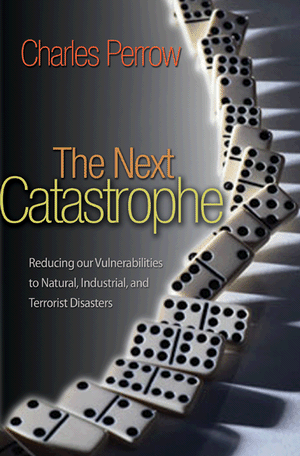Why did Facebook locate its new data centre in central Oregon?
Babbage tries to explain.
The reason, the centre's boss Ken Patchett explains, is the weather. At first blush, this seems odd. Temperatures in Prineville routinely drop to -5°C (22°F) in the winter and climb to 32°C (90°F) in the summer. And the desert clime means that drops of 28°C (50°F) between day and night are not unheard of around this time of year. That ought to make keeping the servers at a steady 20–25°C (68–77°F) and 40–55% relative humidity an arduous task.
In fact, the Prineville plant is a leading exponent of a new style of data-centre management. It does away with expensive air-conditioning "chillers". Instead, air is brought in from outside. For this approach to work, however, the desert is key. For much of the year outside air is actually cool enough to keep the servers from overheating. At the lowest temperatures, just the gentlest of breezes needs to be brought inside at all. And, this being the desert, nights are chilly irrespective of the season, so even in the summer additional cooling is only needed during the hottest times of day.









